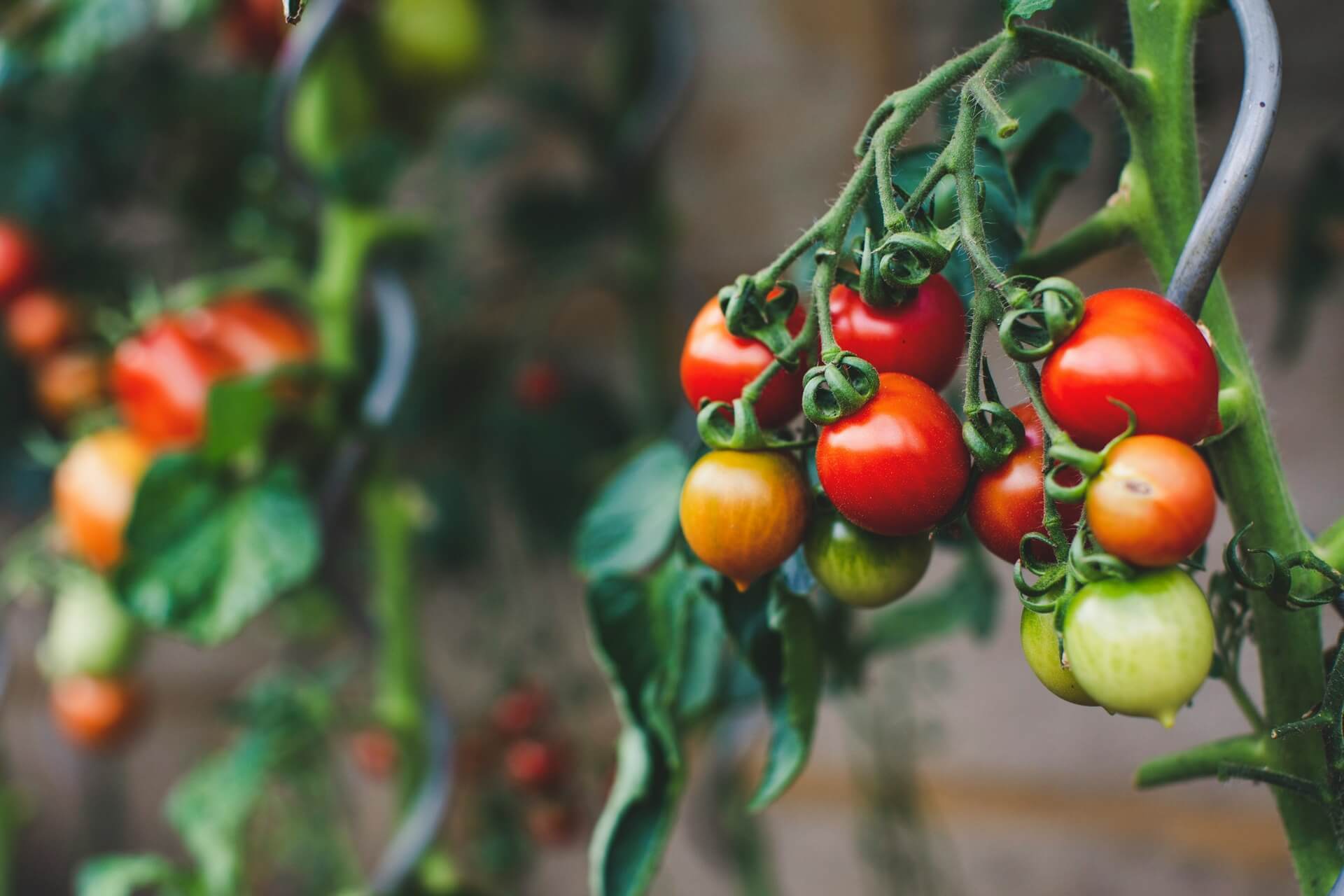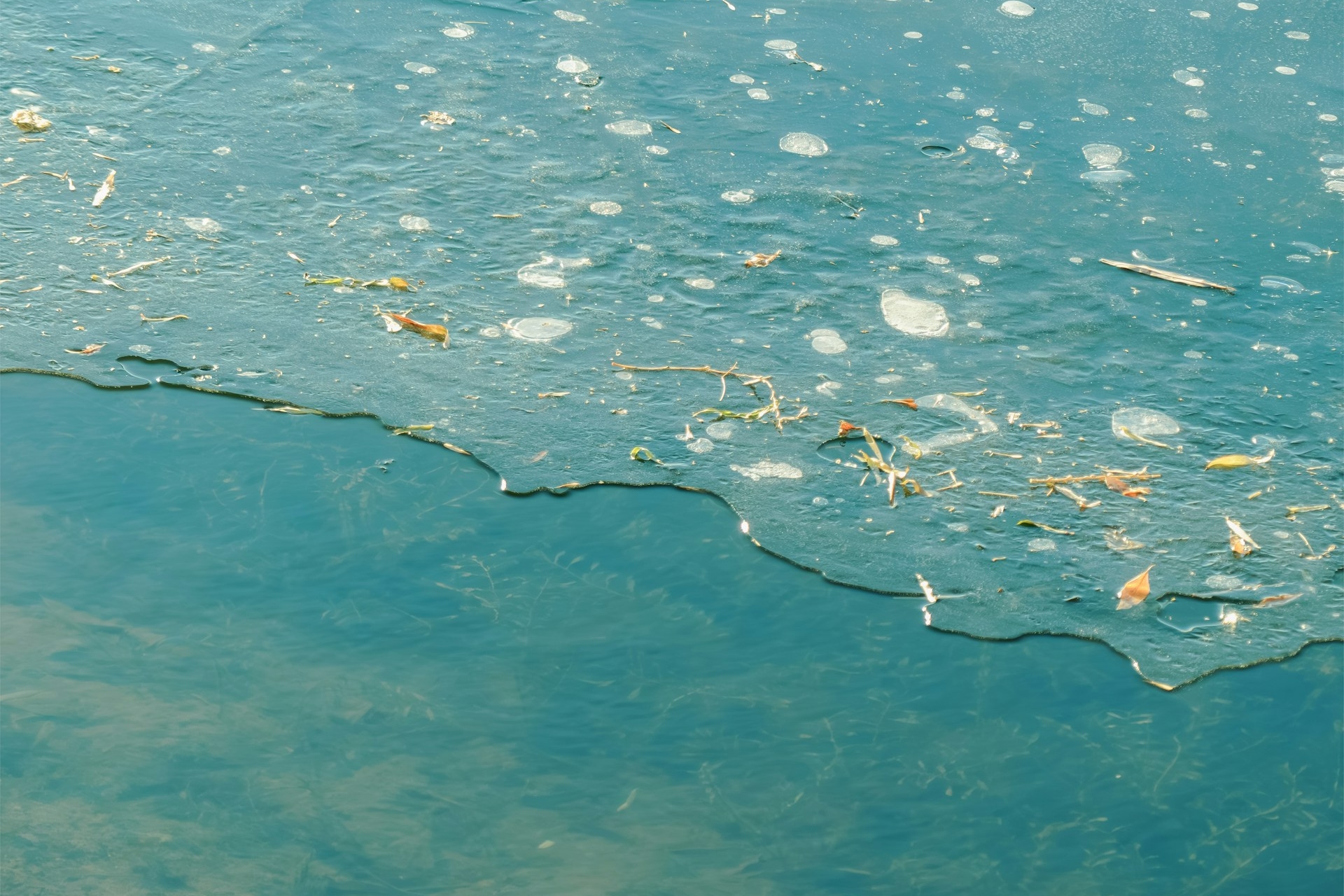
Wasting Food Is a Growing Environmental Concern
May 10, 2018 - Emily Newton
Revolutionized is reader-supported. When you buy through links on our site, we may earn an affiliate commission. Learn more here.
While we all know we should recycle plastic containers because plastic hurts the environment, we may forget that food waste is an equally hurtful environmental issue. Producing, packaging, shipping and disposing of food all take a toll on the Earth. To lessen your environmental impact, it’s time to reduce your food waste.
How Much Food Is Wasted?
Food waste adds significant bulk to landfills each year. Annually, the United States adds 35 million tons of food waste to landfills. Wasting this much food puts the U.S. as the top country for wastefulness around the world. Other nations also waste millions of tons of food, adding to a global total of almost one-third of food produced.
The amount of food waste produced by wealthy countries could feed those in the poorest nations. The food production of sub-Saharan Africa nearly matches the amount of food wasted by the richest countries. Solving the food waste problem could help ease hunger in other places around the world.
Where Does Food Waste Come From?
There are numerous causes of food waste — from manufacturers, grocers, restaurants and consumers. Grocers and restaurants may deny food shipments if the products fail to look as expected. Blemished fruits and vegetables add to the growing amount of food waste, though these foods are safe to eat.
Consumers purchase too much food and prepare too much. The leftovers and unused food get thrown away in the garbage. It’s easier to harbor these habits today than it was in the past. Refrigerators and plates increased in size by 15 and 36 percent, respectively. This makes it more likely that households will purchase and serve more food than is needed.
Consumers and grocers are not the only ones responsible for food waste. Out of wasted food, 50 percent is thrown out during the production, distribution and storage phases. The countries more likely to waste food during the harvest and distribution phases are developing nations, whereas wealthier countries waste food in the consumption phase.
How Does Wasting Food Hurt the Environment?
Food waste does not just benignly decompose. When tossed into landfills, food waste produces methane gas, approximately seven percent of the world’s methane. This greenhouse gas causes global warming, more so than carbon dioxide. Additionally, food takes up resources in a world with less freshwater, land and fossil fuels.
Production of excessive amounts of food also harms the environment. You could fill Lake Geneva three times with the water required to produce the food wasted each year. Agricultural practices require substantial amounts of both freshwater and land and wasting food wastes these resources. A single pound of beef requires 12,000 gallons of water, but one-third of meat purchased gets tossed in landfills.
Growing food requires enormous amounts of land. When you waste food, you waste land. One-third of the land used for farming includes food that will end up wasted. This adds up to 5.4 million square miles of wasted land. Using land for agricultural purposes also means altering natural habitats of local flora and fauna. Innumerable animals and plants become displaced for farmland that will grow food that ends up wasted.
How to Reduce the Amount of Food You Waste
You can help lower your environmental impact by reducing the amount of food you waste. Start by carefully evaluating how much food you eat at each meal. Only prepare enough food for meals. Use any leftovers within two days to prevent wasting them from spoilage.
Get creative with your leftovers. Find recipes that make use of scraps to flavor broths and stews. Consider scrubbing fruits and vegetables and eating the peels instead of throwing them away. By changing your kitchen habits a little, you can significantly reduce your home’s food waste.
The best way to address the food waste problem is through composting. Composting allows the food to mix and break down properly. This produces less dangerous carbon dioxide rather than methane. Through composting, you can reduce your home’s food waste by 330 pounds each year. Today, Americans only compost three percent of their food waste. You can help change this by increasing the amount your household puts into the compost pile.
Food Waste Solutions
While we have a food waste problem, we can overcome the wastefulness. It requires changing habits around the world. People at every level of food production, storage and consumption need to adopt conservation techniques to lower the amount of food wasted. Doing so will benefit the Earth and retain valuable resources for future generations.
Revolutionized is reader-supported. When you buy through links on our site, we may earn an affiliate commission. Learn more here.
Author
Emily Newton
Emily Newton is a technology and industrial journalist and the Editor in Chief of Revolutionized. She manages the sites publishing schedule, SEO optimization and content strategy. Emily enjoys writing and researching articles about how technology is changing every industry. When she isn't working, Emily enjoys playing video games or curling up with a good book.







